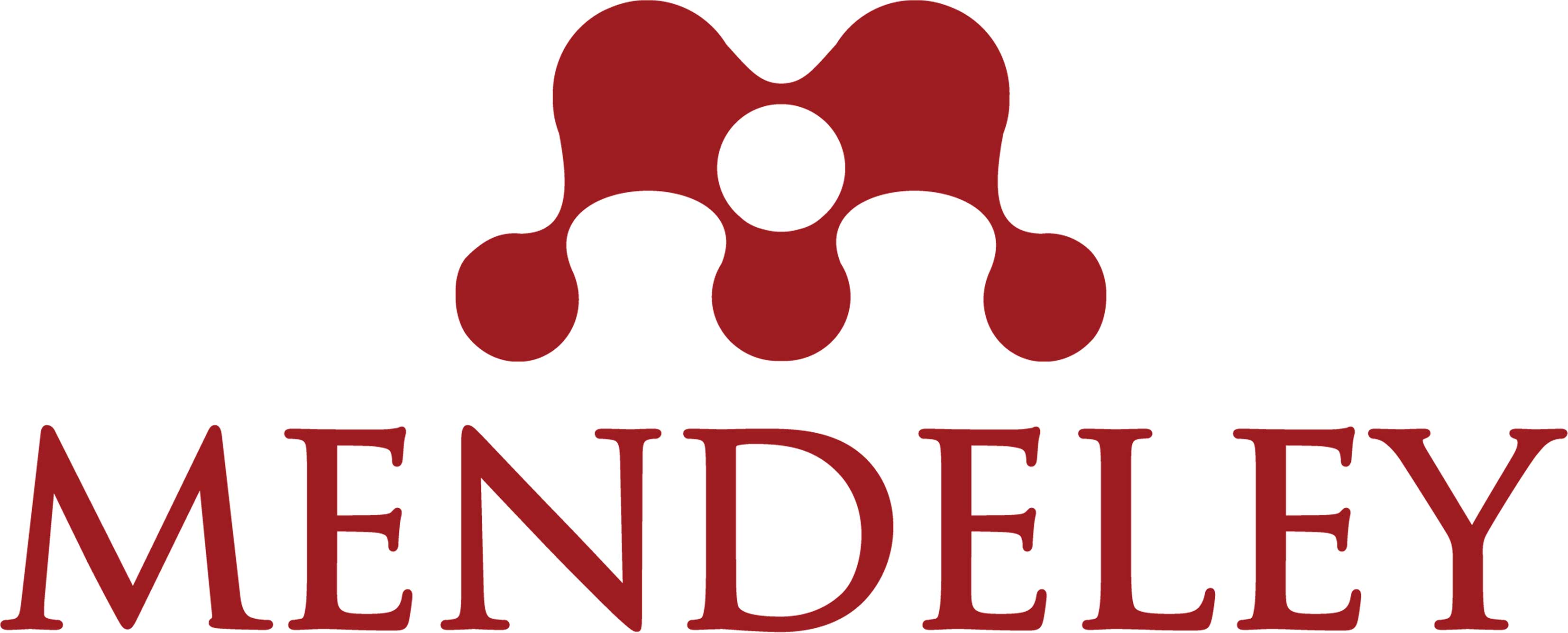GROUP GUIDANCE WITH COMPUTATIONAL RIGOROUS MATHEMATICAL THINKING (CRMT) MODEL TO IMPROVE STUDENTS’S ASSERTIVE COMMUNICATION
Abstract
Assertive communication is needed to create comfort in communicating, feelings of mutual respect between individuals, avoiding passive and aggressive communication, and maintaining rights between individuals. This research aims to test the effectiveness of group guidance using the Computational Rigorous Mathematical Thinking (CrmT) model in improving assertive communication. To achieve this goal, the research used a pre-experimental research design. The research subjects were selected using a purposive sampling technique, namely six students of class VIII-E at SMP Negeri 1 Wanareja. Furthermore, data were collected using an assertive communication scale instrument and analyzed using the T-Test formula. The results of the research show that the group guidance of the Computational Rigorous Mathematical Thinking model is effective in improving students' assertive communication
References
Abidin, Z. (2011). Pengaruh Pelatihan Resiliensi Terhadap Perilaku Asertif Pada Remaja. 4, 8.
Asrowi, & Barida, M. (2013). The Effectiveness of Asserive Training to Increase the Communication Skills of High School Students in Surakarta. DIJE, 1(1), 95-105.
Asrul, Arlizon, R., & Yakub, E. (N.D.). Effect Of Guidane Group Services On The Improvement Of Communication Assertive High School Student Affairs In Lesson 5 Pekanbaru 2015/20016, 1-11.
Barida, M., Hidayah, N., Mappiare, A., Ramli, M., Taufiq, A., & Sunaryono. (2021). An Investigation Of Item Difficulties In Assertive Communication Based On Yogyakarta Cultural Values. Pegem Journal Of Education And Instruction, 11(4), 100-109. https://doi.org/10.47750/pegegog.11.04.10
Barida, M. (2016). Modul Assertiveness Training Untuk Meningkatkan Komunikasi Asertif. Yogyakarta: K-Media.
Barida, M., Pd, M., Widyastuti, D. A., Pd, M., Andriyani, D., Pd, M., Setyawan, F., Pd, M., Handayani, D. T., Si, M., Hartanto, D. D., Pd, M., Handaka, I. B., Pd, M., Khasanah, U., Istiandaru, A., Pd, M., & Pd, M. (2020). Model Pembelajaran Inovatif Cermat. Yogyakarta: K-Media.
Muskita, S. M. (2017). Efektivitas Layanan Bimbingan Kelompok Dalam Meningkatkan Komunikasi Asertif. 02, 10.
Primawati, P. (2015). Hubungan Komunikasi Asertif antara Orang Tua dan Anak dengan Perkembangan Sosial dan Emosional Anak Usia Dini Berdasarkan Model Interaksi Manusia Imogene M.King. Skripsi. Universitas Airlangga.
Rukmana, E. S. (2017). Peran Komunikasi Asertif Konselor Dalam Proses Layanan Konseling Untuk Membantu Menyelesaikan Permasalahan Konseling, 21(1), 1-9.
Sugianto, A. (2017). Teknik Permainan Balogo Dalam Layanan Bimbingan Kelompok Untuk Meningkatkan Karakter Kerja Keras Pada Siswa SMP, 20-28.
Widyastuti, T. (2017). Pengaruh Komunikasi Asertif Terhadap Pengelolaan Konflik, 1, 7.
Yunalia, E. M., & Haryuni, S. (2020). Hubungan Antara Kemampuan Komunikasi Asertif Dengan Kejadian Perilaku Agresif Pada Remaja. Care: Jurnal Ilmiah Ilmu Kesehatan, 8(2), 159-167. https://doi.org/10.33366/Jc.V8i2.1362
Copyright (c) 2025 Barida Muya, Utari Dwi Perwita Sari, Dody Hartanto, Dian Ari Widyastuti, Nurul Hidayati Rofiah, Andriyani Andriyani

This work is licensed under a Creative Commons Attribution-ShareAlike 4.0 International License.
Authors who publish with this journal agree to the following terms:
1) Authors retain copyright and grant the journal right of first publication with the work simultaneously licensed under a Creative Commons Attribution License that allows others to share the work with an acknowledgment of the work's authorship and initial publication in this journal.
2) Authors are able to enter into separate, additional contractual arrangements for the non-exclusive distribution of the journal's published version of the work (e.g., post it to an institutional repository or publish it in a book), with an acknowledgment of its initial publication in this journal.
3) Authors are permitted and encouraged to post their work online (e.g., in institutional repositories or on their website) prior to and during the submission process, as it can lead to productive exchanges, as well as earlier and greater citation of published work.





